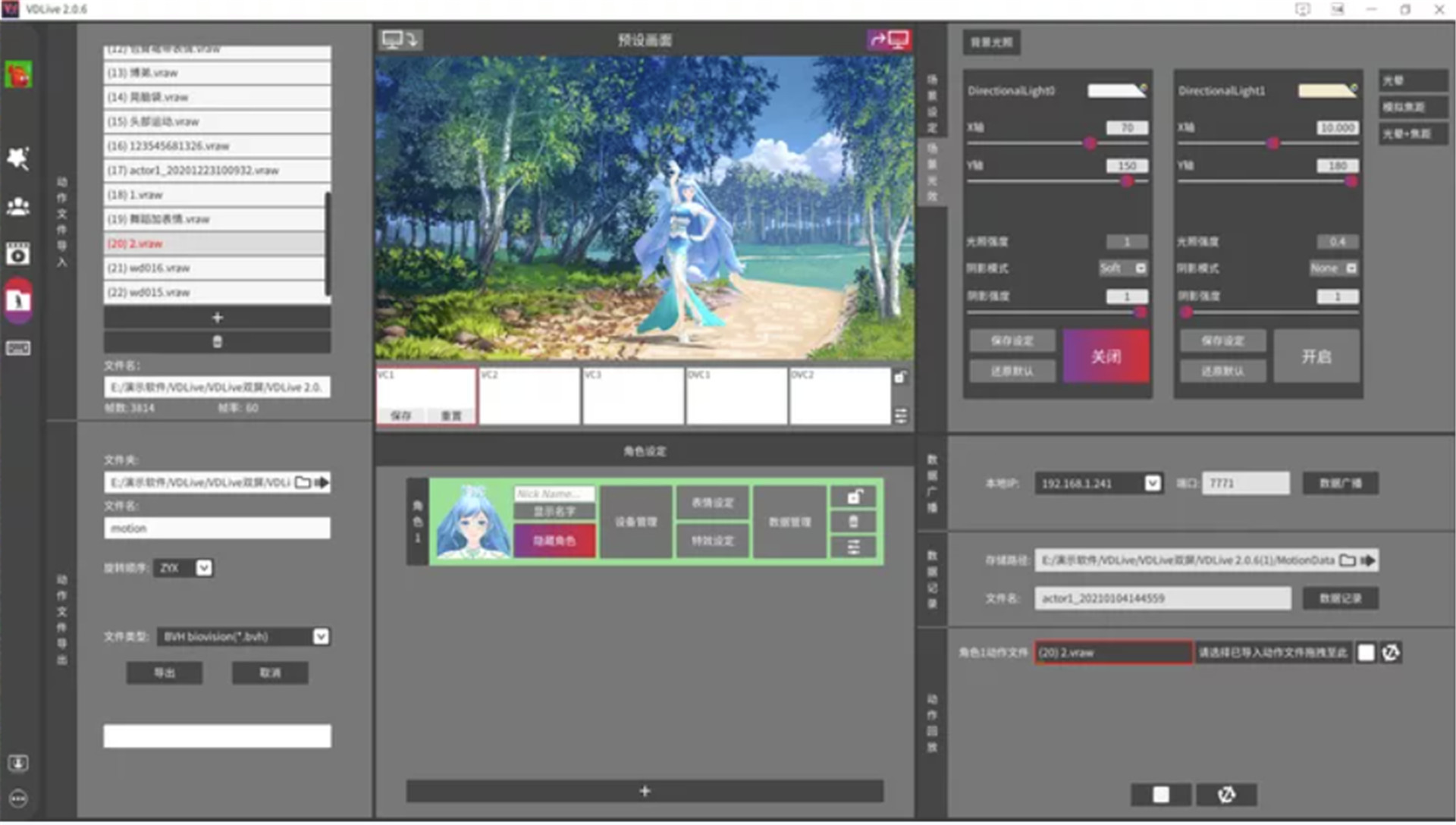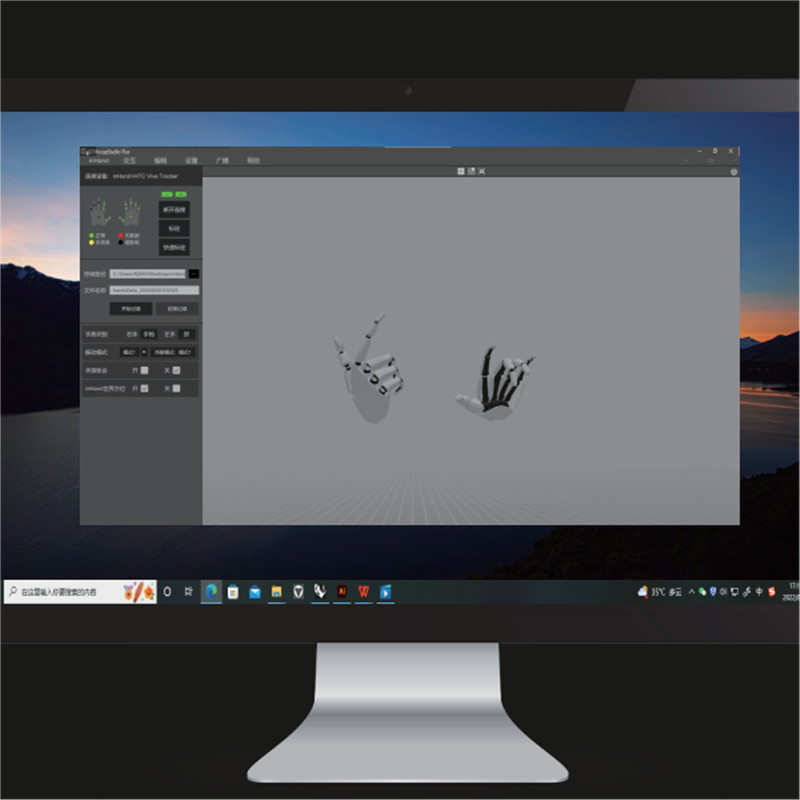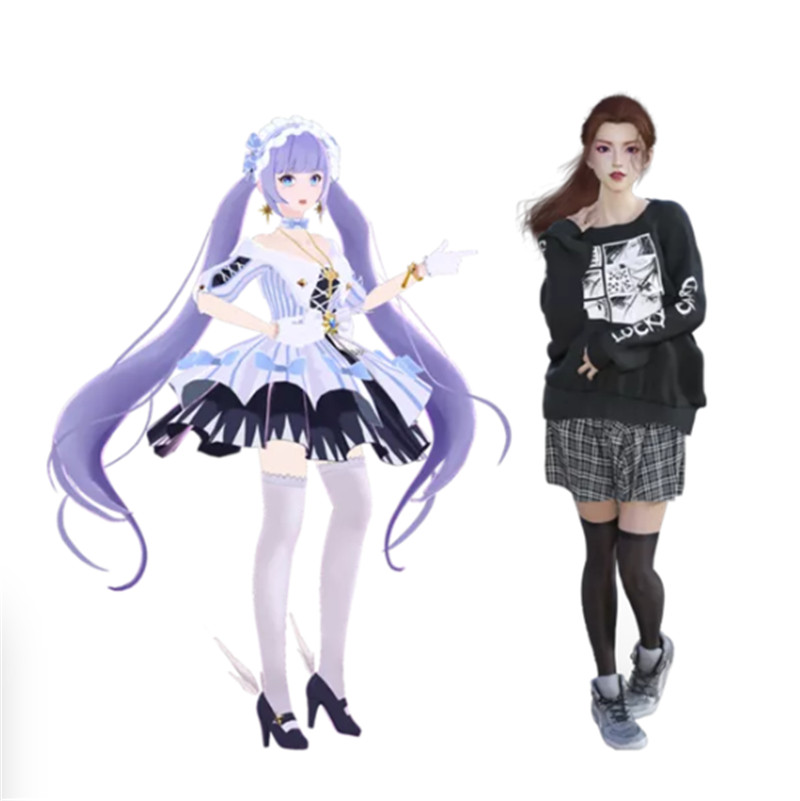This product was successfully added to cart!
OEM/ODM Supplier Titmouse Inc. Animation Studios - Virdyn Motion Capture System VDSuit Full and mHand Pro used in Virtual Live Scene – Virdyn
OEM/ODM Supplier Titmouse Inc. Animation Studios - Virdyn Motion Capture System VDSuit Full and mHand Pro used in Virtual Live Scene – Virdyn Detail:
Whether creators in the field of short videos, live broadcasts, or users on the other side of the screen, they must have noticed something recently: more and more virtual people are appearing.
For example, Liu Yexi, who became a hit after her debut, is positioned as a virtual beauty expert who can catch demons, and her first video has received millions of likes; and Xu Anyi, a fox demon in the live broadcast room, as a live broadcaster 20 The newcomers who have been around for many days have now attracted 85,000 fans, and more than 10,000 online viewers at the same time.
It is worth noting that the virtual human not only shows the popularity, but also allows everyone to see the more and more mature technical solutions of the motion capture track. Xu Anyi’s one-click transformation into Ultraman, inversion, dancing, hip twisting, etc. during the live broadcast can prove that relying on a set of stable and powerful motion capture equipment, the virtual human in the live broadcast room is more brilliant than the live broadcast. The effect of the program has also attracted fans strongly.

Operation Environment
The freshness and curiosity of the audience is precisely the advantage of virtual live broadcast over ordinary live broadcast. Xu Anyi himself has a professional background in seiyuu, and will imitate the voices of Xiong Da, Zhu Bajie and other characters during the live broadcast to increase the effect of the program. But objectively speaking, if Xu Anyi’s data performance is difficult to reach the current level if he directly appeared on the scene like other anchors and started broadcasting. The reason is very simple. There are too many anchors of the same type in the industry, and the audience is also fatigued.
In contrast, the form of virtual human is more novel and more attractive to the audience. The anchor can use this as a springboard to achieve the purpose of rapidly increasing fans and realizing cash.
Therefore, for a new player like Xu Anyi who has no fan base, or an anchor who already has a certain foundation but has encountered a growth bottleneck, virtual human live broadcasting is a better choice.
For anchors who have camera phobia and are reluctant to appear, the virtual human approach is also more friendly. First, the threshold for launching the broadcast is lowered, so that the anchor can start the broadcast without showing his face. The second is to eliminate the psychological obstacles of facing the camera directly and let go of yourself, which is conducive to presenting the best state in the live broadcast room.
Based on the above advantages, I believe that there will be more virtual human anchors to meet with you in the future. In other words, virtual humans may become the next explosion in the field of live broadcasting.
Product detail pictures:
Related Product Guide:
Our organization has been focusing on brand strategy. Customers' gratification is our great advertising. We also source OEM provider for OEM/ODM Supplier Titmouse Inc. Animation Studios - Virdyn Motion Capture System VDSuit Full and mHand Pro used in Virtual Live Scene – Virdyn , The product will supply to all over the world, such as: Burundi , moldova , Danish , We'll continue to devote ourselves to market & product development and build a well-knit service to our customer to create a more prosperous future. Please contact us today to find out how we can work together.
We have been cooperated with this company for many years, the company always ensure timely delivery ,good quality and correct number, we are good partners.





